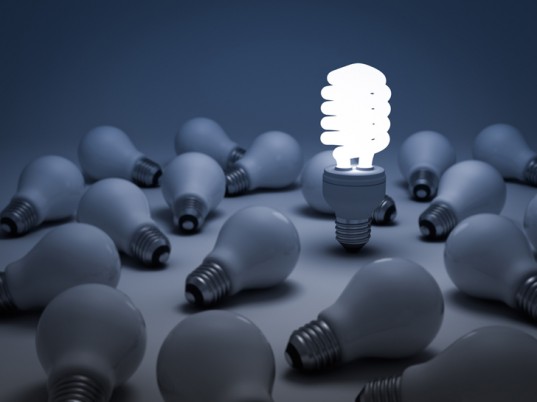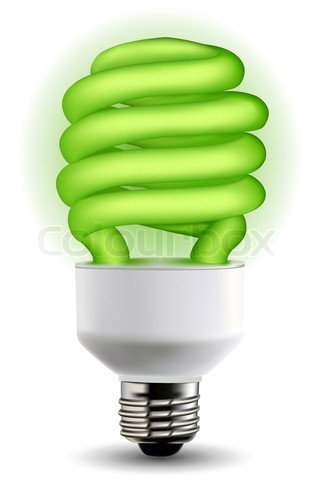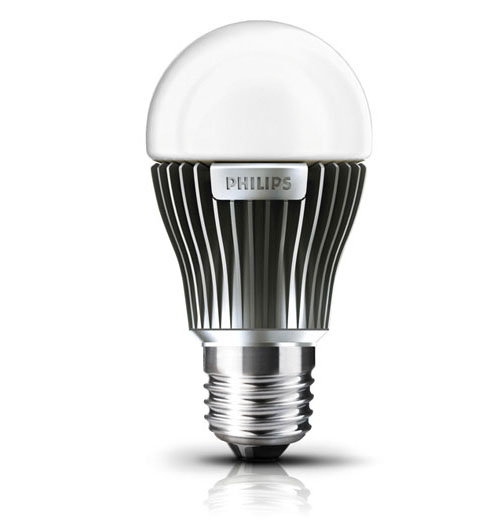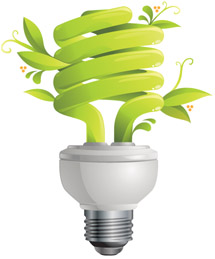Lighting Improvements

Lighting accounts for 14% of your homes energy usage
Below you will see how you can lower your Electricity usage on lighting and electronics. There are now many options from CFLs to LEDs and beyond. Most types of bulbs are now being made in these energy efficient models.
Options
CFL (compact fluorescent light) |
LED (Light-Emitting Diode) |
|
 |
 |
|
|
Efficient - CFLs are four times more efficient and last up to 10 times longer than incandescents. A 22 watt CFL has about the same light output as a 100 watt incandescent. CFLs use 50 - 80% less energy than incandescents. Less Expensive - Although initially more expensive, you save money in the long run because CFLs use 1/3 the electricity and last up to 10 times as long as incandescents. A single 18 watt CFL used in place of a 75 watt incandescent will save about 570 kWh over its lifetime. At 8 cents per kWh, that equates to a $45 savings. Reduces Air and Water Pollution - Replacing a single incandescent bulb with a CFL will keep a half-ton of CO2 out of the atmosphere over the life of the bulb. If everyone in the U.S. used energy-efficient lighting, we could retire 90 average size power plants. Saving electricity reduces CO2 emissions, sulfur oxide and high-level nuclear waste. High-Quality Light - Newer CFLs give a warm, inviting light instead of the "cool white" light of older fluorescents. They use rare earth phosphors for excellent color and warmth. New electronically ballasted CFLs don't flicker or hum. Versatile - CFLs can be applied nearly anywhere that incandescent lights are used. Energy-efficient CFLs can be used in recessed fixtures, table lamps, track lighting, ceiling fixtures and porchlights. 3-way CFLs are also now available for lamps with 3-way settings. Dimmable CFLs are also available for lights using a dimmer switch. |





